Iran History
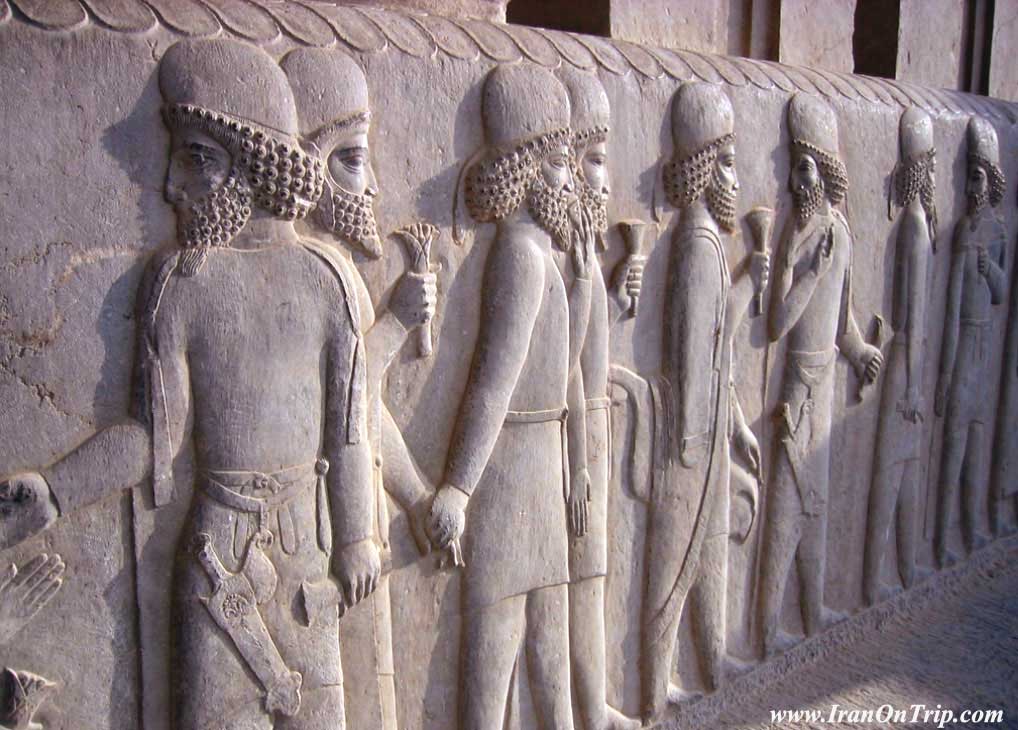
Iran is one of the oldest nations in the world, with a history dating back tens of thousands of years. The country's first great city, Susa, was built on the central plateau around 3200 B.C.
In 559 B.C., the Persian Empire arose in southwestern Iran and conquered the Mesopotamians and Egyptians. The empire eventually extended from the Mediterranean Sea to what is now Pakistan, but it was conquered by the Greeks in 330 B.C.
Around 260 B.C., nomads called Parni ousted the Greeks and ruled for some 500 years. The Sassanids came into power in A.D. 224, and in A.D. 642, Persia became part of the Islamic Empire. In 1501, the kings, or shahs, of the Safavid Empire began their reign.
In the late 18th century, foreign powers, including Russia and Britain, took control of parts of Persia. In 1921, a Persian army officer named Reza Khan took control and sought to end outside influence. In 1935, he renamed the country Iran. His son, Mohammad Reza Pahlavi, became shah in 1941.
In 1979, many Iranians who felt Pahlavi was corrupt forced him to flee, ending the reign of the shahs in Iran. Since then, religious leaders have ruled the country. The first was Ayatollah Ruhollah Khomeini, whose ten years in power were marked by a long war with Iraq and tensions with the United States and many other nations. Khomeini died in 1989, but much of those tensions still exist today.
PEOPLE AND CULTURE
Strong religious beliefs have been part of Iranians' lives for thousands of years. Almost all Iranians are Muslim, or followers of Islam. The religion is central to daily life.
Iran has a long history of scholarship that has created a rich culture of art, literature, poetry, music, cuisine, and architecture. Ancient Iranian thinkers wrote influential texts on philosophy and medicine, and it was an Iranian mathematician who invented algebra. Iran's universities are among the most respected in the Middle East.
GOVERNMENT AND ECONOMY
Iran's government is controlled by a religious figure called the supreme leader, who is appointed by a group of Islamic clerics called the Assembly of Experts. A president, elected by the people, is second in command.
Iran has extensive oil reserves.
FAST FACTS
Official Name: Republic of Iran
Form of Government: Islamic republic
Capital: Tehran
Population: 70,472,846
Official Languages: Farsi
All About History of Iran
History of Iran briefly
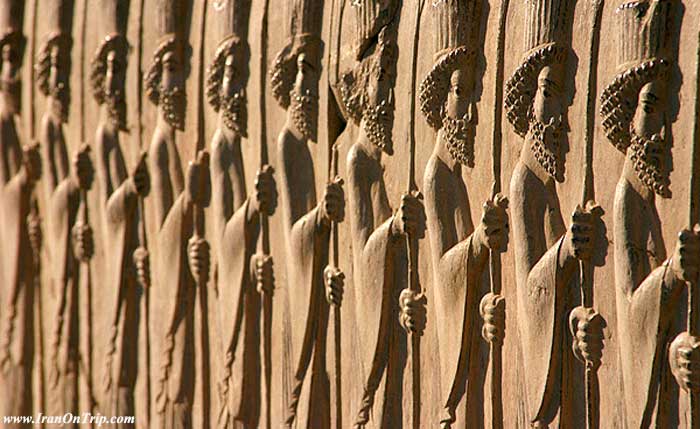
Commonly known as Persia in the Western world, the history of Iran has been intertwined with the history of a larger historical region, comprising the area from Anatolia and Egypt in the west to the Ancient India and Syr Darya in the east, and from the Caucasus and Eurasian Steppe in the north to the Persian Gulf and Gulf of Oman in the south.The southwestern part of the Iranian plateau participated in the wider Ancient Near East with Elam, from the Early Bronze Age. The Persian Empire (Persia) proper begins in the Iron Age, following the influx of Iranian peoples. Iranian people gave rise to the Median, as the Persian people gave rise to the Achaemenid, the Parthians, and the Sassanid dynasties during the classical antiquity.Read more
Prehistory of Iran

The prehistory of Iran could be divided to periods as follow:
Paleolithic,
Epipaleolithic,
Neolithic,
Chalcolithic Read more
Bronze Age
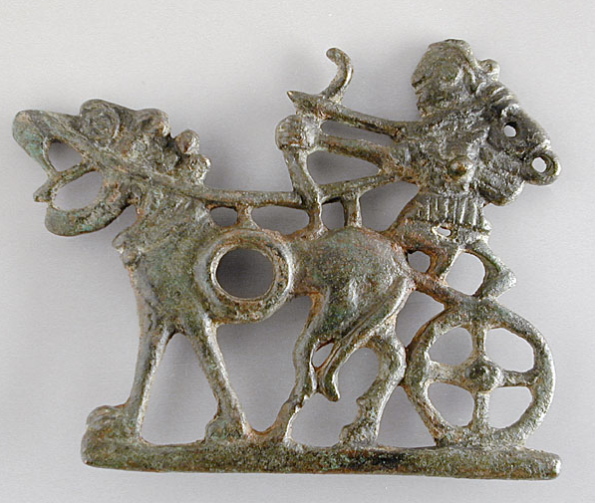
Susa is one of the oldest-known settlements of Iran and the world. Based on C14 dating, the time of foundation of the city is as early as 4395 BCE, a time that goes beyond the age of civilization in Mesopotamia. The general perception among archeologists is that Susa was an extension of the Sumerian city state of Uruk. In its later history, Susa became the capital of Elam, which emerged as a state found 4000 BCE.
Early Iron Age
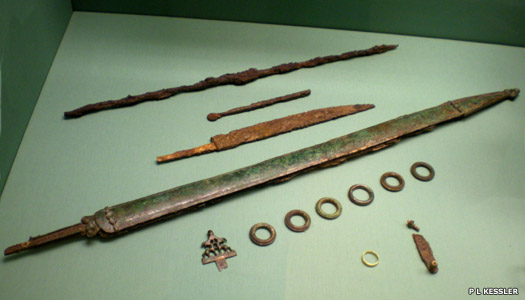
Records become more tangible with the rise of the Neo-Assyrian Empire and its records of incursions from the Iranian plateau. As early as the 20th century BCE, tribes came to the Iranian Plateau from the Pontic-Caspian steppe .Some say the arrival of Iranians on the Iranian plateau forced the Elamites to relinquish one area of their empire after another and to take refuge in Susiana, Khuzistan and nearby area, which only then became coterminous with Elam.
Elamite Empire
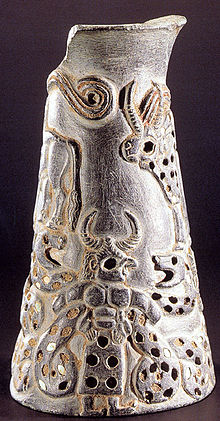
The Iranian Plateau did not experience the rise of urban, literate civilization in the late 4th and early 3rd millennia on the Mesopotamian pattern but the lowland Khuzestan did. It was the Elamite Civilization.Geographically, Elam included more than Khuzestan; it was a combination of the lowlands and the immediate highland areas to the north and east.Read more
Medes
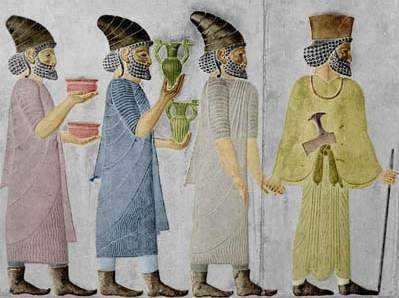
The Medes were an ancient Iranian people who lived in an area known as Media and who spoke a northwestern Iranian language referred to as the Median language. Their arrival to the region is associated with the first wave of Iranian tribes in the late 2nd millennium BCE (the Bronze Age collapse) through the beginning of the 1st millennium BCE.From the 10th to late 7th centuries BCE, the Iranian Medes and Persians fell under the domination of the Neo-Assyrian Empire based in Mesopotamia.Read more
Achaemenid Empire
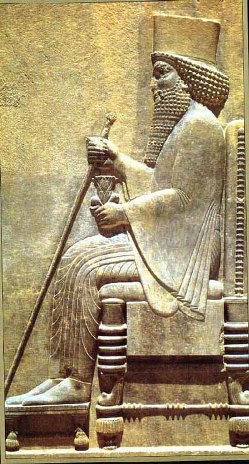
The Achaemenid Empire ( 550–330 BCE), or First Persian Empire, was an empire in Western and Central Asia, founded in the 6th century BCE by Cyrus the Great. The dynasty draws its name from king Achaemenes, who ruled Persis between 705 BCE and 675 BC. The empire expanded to eventually rule over significant portions of the ancient world, which at around 500 BC stretched from the Indus Valley in the east to Thrace and Macedon on the northeastern border of Greece. The Achaemenid Empire would eventually control Egypt as well. It was ruled by a series of monarchs who unified its disparate tribes and nationalities by constructing a complex network of roads.Read more
Seleucid Empire
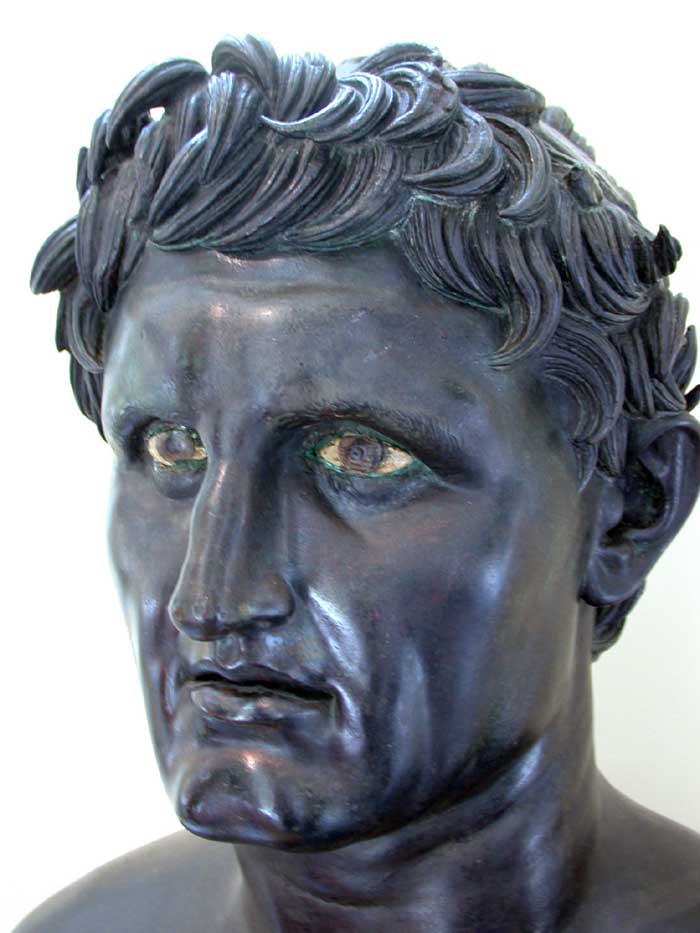
The Seleucid Empire was a Hellenistic state ruled by the Seleucid dynasty founded by Seleucus I Nicator following the division of the empire created by Alexander the Great. Seleucus received Babylonia and, from there, expanded his dominions to include much of Alexander's near eastern territories. At the height of its power, it included central Anatolia, the Levant, Mesopotamia, Kuwait, Persia, Afghanistan, Turkmenistan, and northwest parts of India.Read more
Parthian Empire
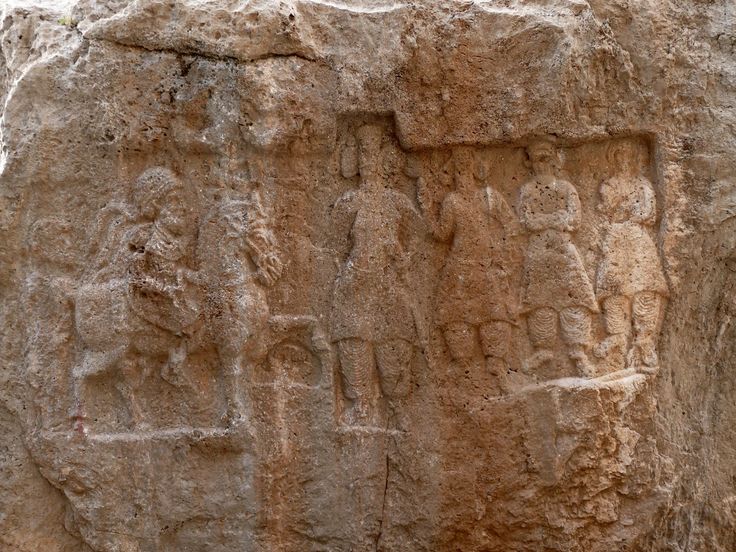
The Parthian Empire( 247 BC – 224 AD), also known as the Arsacid Empire /ˈɑrsəsɪd/, was a major Iranian political and cultural power in ancient Iran, also known as ancient Persia. Its latter name comes from Arsaces I of Parthia who, as leader of the Parni tribe, founded it in the mid-3rd century BC when he conquered the region of Parthia in Iran's northeast, then a satrapy (province) in rebellion against the Seleucid Empire.Read more
Sasanian Empire
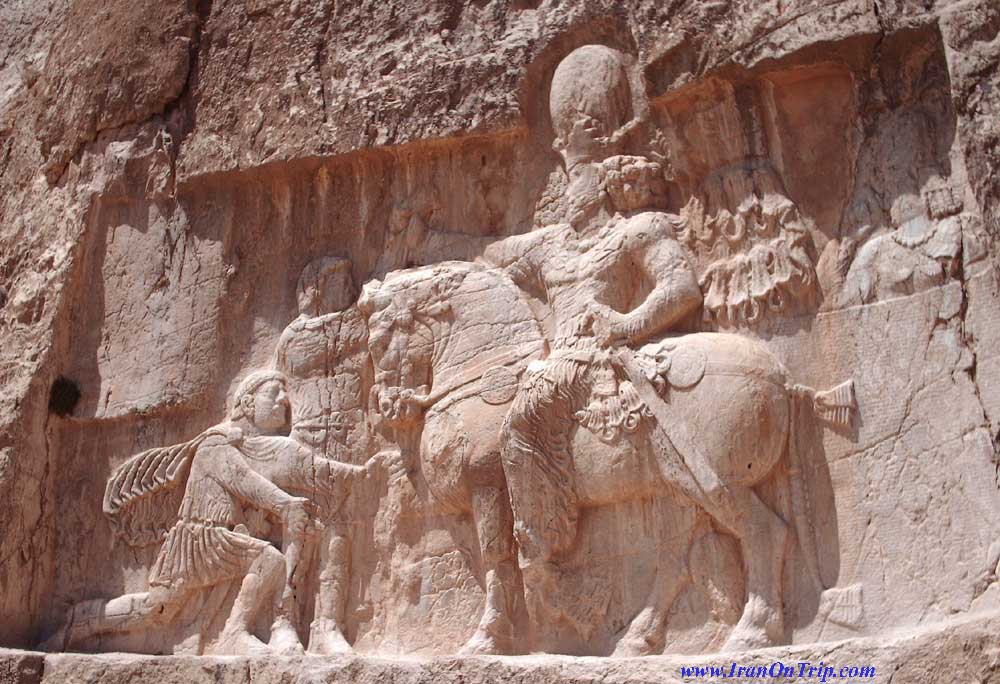
The Sasanian Empire also known as(Sassanian, Sasanid, or Sassanid) or Neo-Persian Empire, known to its inhabitants as Ērānshahr and Ērān in Middle Persian and resulting in the New Persian terms Iranshahr and Iran, was the last Iranian empire before the rise of Islam, ruled by the Sasanian dynasty from 224 CE to 651 CE. The Sassanid Empire, which succeeded the Parthian Empire, was recognized as one of the main powers in Western and Central Asia, alongside the Roman–Byzantine Empire, for a period of more than 400 years.Read more
Islam in Iran

Islamic Conquest
The Islamic conquest of Persia (637–651) led to the end of the Sassanid Empire and the eventual decline of the Zoroastrian religion in Persia. However, the achievements of the previous Persian civilizations were not lost, but were to a great extent absorbed by the new Islamic polity. Islam has been the official religion of Iran since then, except short duration after Mongol raid and establishment of Ilkhanate. Iran became an Islamic republic after the Islamic Revolution of 1979.Read more
Umayyad Caliphate in Persi
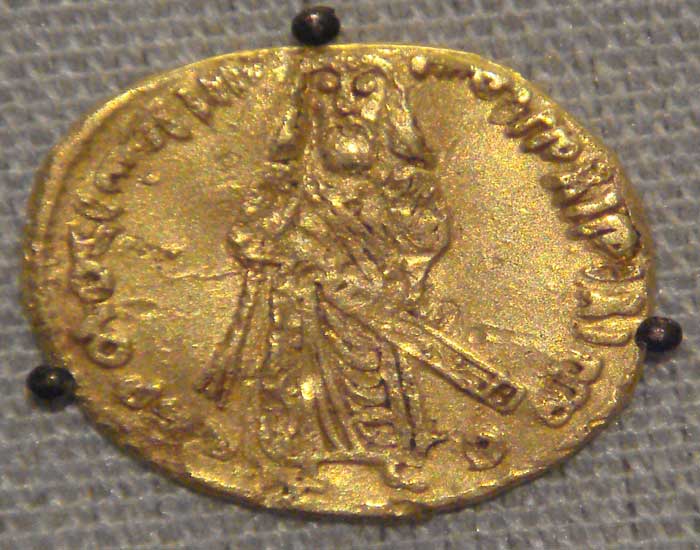
It would be impossible in a history of Persia, to ignore the importance of the Omayyad dynasty, which ruled the vast Moslem empire for nearly a century. Muavia began his reign in Syria in A.H. 35 (656), and he became Caliph of the entire Moslem world upon the abdication of Hasan in A.h. 40 (661), but it was not until two years later that he entered into possession of all the lands of the Caliphate.Read more
Abbasids in Persia
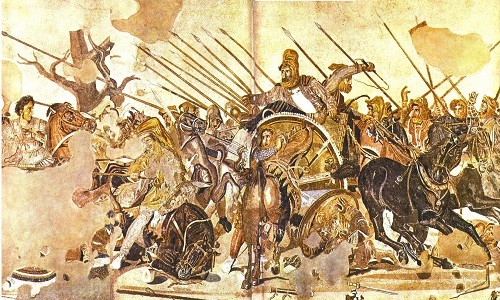
The revolution that established the ʿAbbāsids represented a triumph of the Islamic Hejazi elements within the empire; the Iranian revival was yet to come. Nevertheless,ʿAbbāsid concern with fostering eastern Islam made the new caliphs willing to borrow the methods and procedures of statecraft employed by their Iranian predecessors. At Damascus the Umayyads had imitated Sāsānian court etiquette, but at Baghdad Persianizing influences went deeper and aroused some resentment among the Arabs, who were nostalgic for the legendary simplicity of human relations among the desert Arabs of yore.Read more
Tahirid dynasty
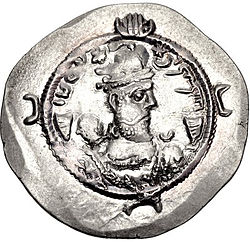
The Tahirid Dynasty, was an Iranian Persian dynasty that ruled from 820 to 872 over the northeastern part of Greater Iran, in the region of Khorasan (parts that are presently in Iran (Persia), Afghanistan, Tajikistan, Turkmenistan, and Uzbekistan). The Tahirid capital was Merv and was then moved to Nishapur. The Tahirid dynasty is considered to be the first independent dynasty from the Abbasid caliphate established in Khorasan. Although nominally subject to the Abbasid caliphate in Baghdad, the Tahirid rulers were effectively independent.Read more
Saffarid dynasty

Iranian dynasty of lower class origins that ruled a large area in eastern Iran(flourished 9th century AD). The dynasty’s founder, Yaʿqūb ebn Leys̄ aṣ-Ṣaffār (“the coppersmith”), took control of his native province, Seistan, around 866. By 869 he had extended his control into northeastern India, adding the Kābul Valley, Sind, Tocharistan, Makran (Baluchistan), Kermān, and Fārs to his possessions; with the overthrow of the Ṭāhirids and the annexation of Khorāsān in 873 the Ṣaffārid Empire reached its greatest extent.Read more
Samanid Empire
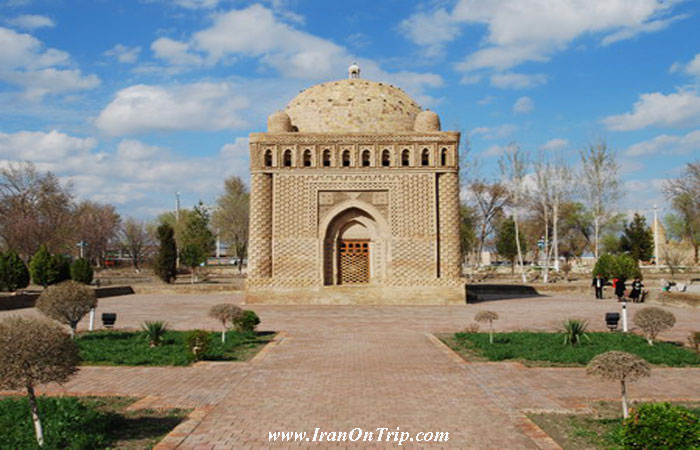
The Samani dynasty also known as the Samanid Empire, or simply Samanids (819–999), was a Sunni Persian Empire in Central Asia, named after its founder Saman Khuda, who converted to Islam despite being from Zoroastrian theocratic nobility. It was a native Persian dynasty in Greater Iran and Central Asia after the collapse of the Sassanid Persian empire caused by the Arab conquest.The Samanid Empire was the first native dynasty to arise in Iran after the Muslim Arab conquest. It was renowned for the impulse that it gave to Iranian national sentiment and learning. For the first time after the Arab Invasion, Persian becomes the official langue of the court and replaces Arabic.Read more
ZIYARIDS dynasty

The Ziyarids, also spelled Zeyarids (Persian: زیاریان or آل زیار) were a Dailamite dynasty that ruled in the Caspian sea provinces of Gorgan and Mazandaran from 931-1090 (also known as Tabarestan). The founder of the dynasty was Mardavij (from 927 to 935), who took advantage of a rebellion in the Samanid army of Iran to seize power in northern Iran. He soon expanded his domains and captured the cities of Hamadan,Isfahan, and half of the Kermanshah province, and by 934 his troops even penetrated into Ahvaz. His goal was to conquer Baghdad, remove the caliphate, be crowned in Ctesiphon and restore the Sassanid Empire.Read more
Buyid dynasty

Buyid (bōō´yĬd), Shiite Islamic dynasty of N Persian descent that controlled Iraq and Persia from c.945 to 1060; founded by the sons of Buyeh. In the 930s, Buyeh's sons (Ali, Hasan, and Ahmad) seized such cities as Isfahan, Kerman, Rayy, and Baghdad. With the capture of the Abbasid capital, Baghdad, in 945, the Buyids assumed control of the Abassid Empire. Under their dynasty the Sunni caliphs were reduced to administrative figureheads, while Ahmed ruled under the title of amir al-umara, or chief commander. Buyid control peaked during the reign (949–83) of Adud ad-Dawlah, who increased the dynasty's territorial domain, adding Oman, Tabaristan, and Jorjan.Read more
Ghaznavid dynasty
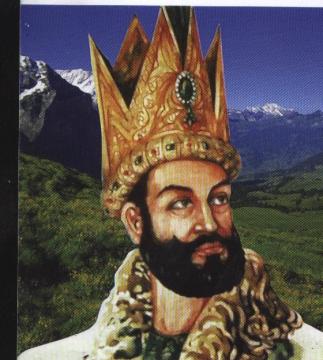
Turkish dynasty (977–1186) that ruled in Khorasan (northeastern Iran), Afghanistan, and northern India. It was founded by Sebüktigin (r. 977–997), a former slave. His son Mahmud (998–1030) enlarged the empire to its greatest extent; during his reign, Ferdowsi wrote the epic Shah-nameh (“Book of Kings”). Mahmud's grandson Mas'ud I (1031–41) lost the western half of the empire to the Seljuq dynasty. The Ghaznavids continued to rule their eastern provinces until they were defeated by the Ghurid dynasty in 1186. They are noted for their architecture and for their patronage of the arts and sciences.Read more
Sultanate of Rum (Saljūqiyān-i Rūm )
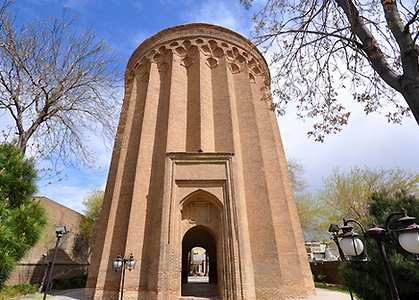
During the 10th-century migrations of the Turkish peoples from Central Asia and southeast Russia, one group of nomadic tribes, led by a chief named Seljuq, settled in the lower reaches of the Syr Darya (Jaxartes) River and later converted to the Sunnite form of Islam. They played a part in the frontier defense forces of the Sāmānids and later of Mahmud of Ghanza. Seljuq’s two grandsons, Chaghri (Chagri) Beg and Toghrïl (Ṭugril) Beg, enlisted Persian support to win realms of their own, Chaghri controlling the greater part of Khorāsān and Toghrïl, at his death in 1063, heading an empire that included western Iran and Mesopotamia.Read more
Khwarazmian dynasty
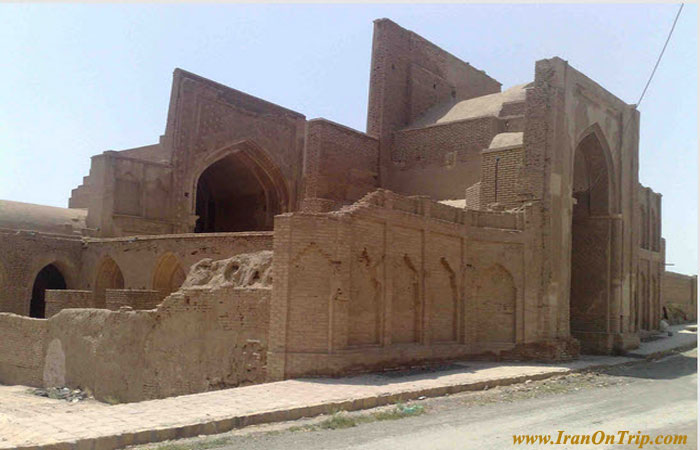
The Khwarazmian dynasty also known as the Khwarezmid dynasty, dynasty of Khwarazm Shahs, and other spelling variants; was a Persianate Sunni Muslim dynasty of Turkic mamluk origin. The dynasty ruled Greater Iran during the High Middle Ages, in the approximate period of 1077 to 1231 AD, first as vassals of the Seljuqs and Kara-Khitan, and later as independent rulers, up until the Mongol invasions of the 13th century.Khwarezm is a large oasis region on the Amu Darya river delta in western Central Asia which borders to the north the (former) Aral Sea, to the east the Kyzylkum desert, to the south the Karakum desert and to the west the Ustyurt Plateau.Read more
Mughal Empire
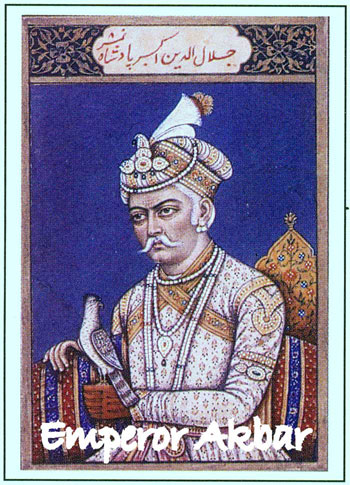
In 1221 the Mongols invaded Iran, leaving death and destruction in the wake of their armies. Once again, as six hundred years before, events moved with startling rapidity. Between 1219 and 1227, Mongol hordes had overrun and largely destroyed Bokhara, Samarqand, Marv, Neishabur, and all of northern Iran. The loot, murder, rapes and destruction, which attended these conquests, was without parallel in history; the loss to art and learning in northern Iran was incalculable. Fortunately the south escaped, and this greatly assisted eventual recovery.Read more
Mughal Ilkhanate
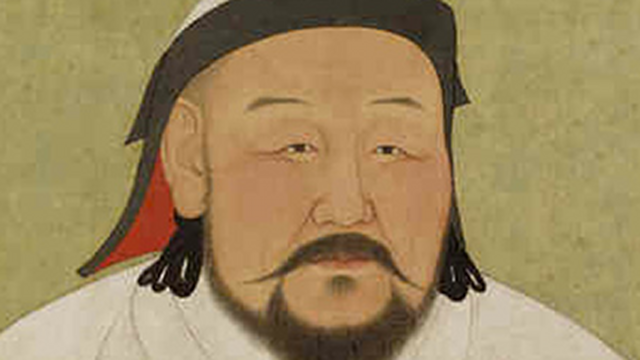
The Ilkhanate, also spelled Il-khanate (Persian: ایلخانان, Ilkhanan; Mongolian: Хүлэгийн улс, Hulagu-yn Ulus), was a breakaway state of the Mongol Empire, which was ruled by the Mongol House of Hulagu. It was established in the 13th century and was based primarily in Persia as well as neighboring territories, such as present-day Azerbaijan, and the central and eastern parts of present-day Turkey. The Ilkhanate was based, originally, on Genghis Khan's campaigns in the Khwarazmian Empire in 1219–1224, and was founded by Genghis's grandson, Hulagu Khan.Read more
Timurid dynasty
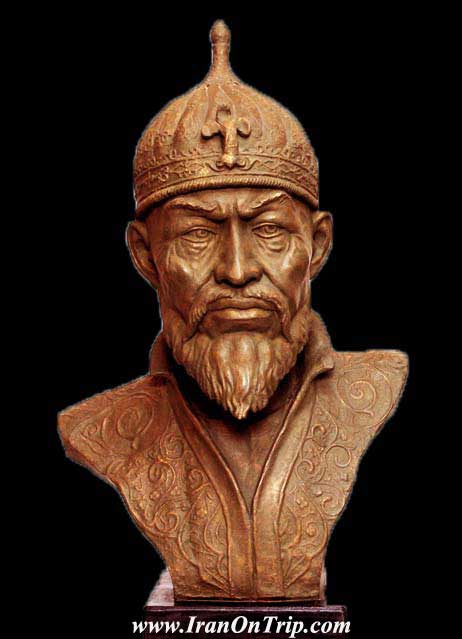
Timurid dynasty, (fl. 15th–16th century ce), dynasty of Turkic-Mongol origin descended from the conqueror Timur (Tamerlane). The period of Timurid rule was renowned for its brilliant revival of artistic and intellectual life in Iran and Central Asia.After Timur’s death (1405), his conquests were divided between two of his sons: Mīrānshāh (died 1407) received Iraq, Azerbaijan, Moghān, Shīrvān, and Georgia, while Shāh Rokh was left with Khorasan.Read more
Safavid dynasty
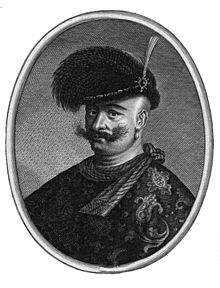
Ṣafavid Dynasty, (1502–1736), Iranian dynasty whose establishment of Shīʿite Islām as the state religion of Iran was a major factor in the emergence of a unified national consciousness among the various ethnic and linguistic elements of the country. The Ṣafavids were descended from Sheykh Ṣafī od-Dīn (1253–1334) of Ardabīl, head of the Ṣūfī order of Ṣafavīyeh (Safawiyah), but about 1399 exchanged their Sunnite affiliation for Shīʿism.Read more
Afsharid dynasty

The Afsharids were members of an Iranian dynasty of Turcoman origin from Khorasan who ruled Persia in the 18th century. The dynasty was founded in 1736 by the military commander Nader Shah who deposed the last member of the Safavid dynasty and proclaimed himself King of Iran. During Nader's reign, Iran reached its greatest extent since the Sassanid Empire. After his death, most of his empire was divided between the Zands and the Durranis, and Afsharid rule was confined to a small local state in Khorasan.Read more
Zand dynasty
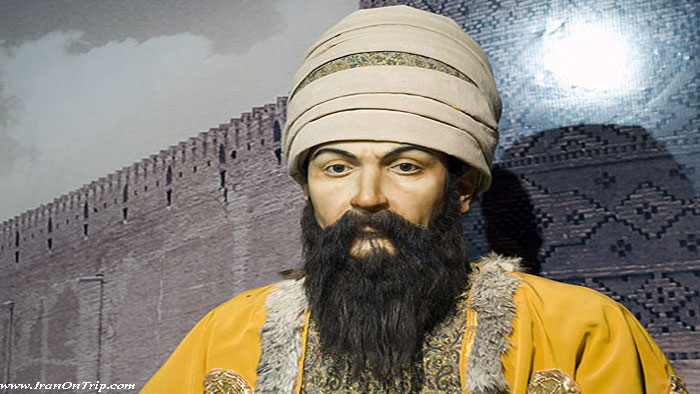
Following the death of the Afshārid ruler Nāder Shāh (1747), Karim Khān Zand became one of the major contenders for power. By 1750 he had sufficiently consolidated his power to proclaim himself as vakīl (regent) for the Ṣafavid Esmāʿīl III. Karīm Khān never claimed the title of shāhanshāh (“king of kings”); instead he maintained Esmāʿīl as a figurehead. Karīm Khān, with 30 years of benevolent rule, gave southern Iran a much needed respite from continual warfare. He encouraged agriculture and entered into trade relations with Great Britain.Read more
Qajar dynasty
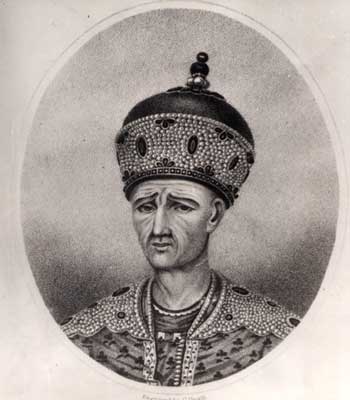
The Qajars were a Turkoman tribe that rose to prominence in Iran during the Safavi dynasty (1501–1722). In the turbulent civil wars that broke out after the Safavis were deposed by invading Afghans, the Qa-jars gradually consolidated power until Agha Mohammad Shah Qajar crowned himself shah at Tehran in 1796. He was killed a year later, and his nephew succeeded him as Fath Ali Shah (r. 1797–1834).Read more
Pahlavi dynasty
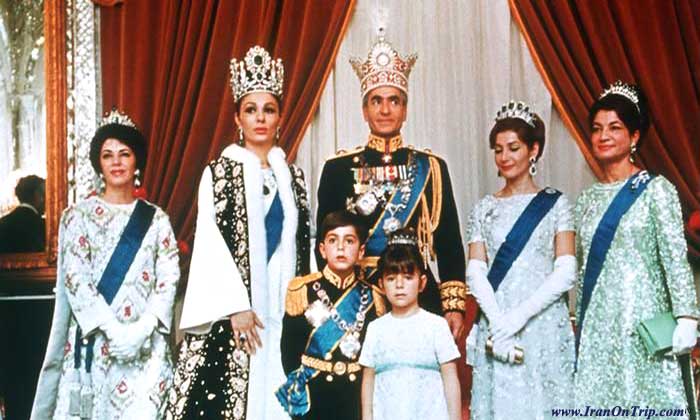
The Pahlavi dynasty (Persian: دودمان پهلوی), officially the Imperial State of Iran,was the reigning constitutional monarchy of Iran from 1925 until 1979, when the monarchy was overthrown and abolished as a result of the Iranian Revolution. The Imperial State was founded by Reza Shah Pahlavi in 1925.The Pahlavis came to power after Ahmad Shah Qajar, the last ruler of the Qajar dynasty.Read more
.....
.....
.....

.jpg)



























